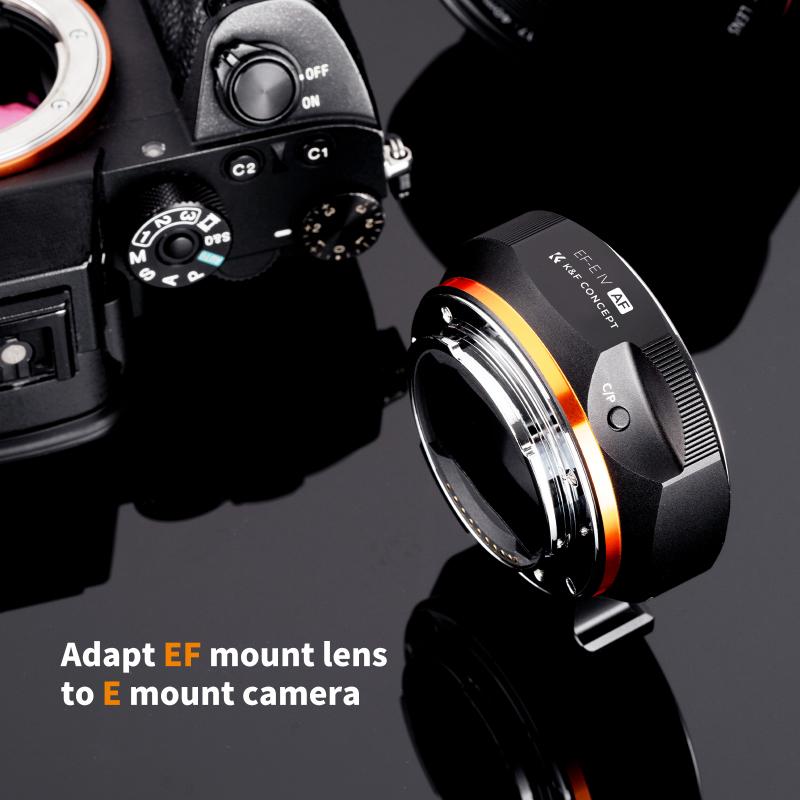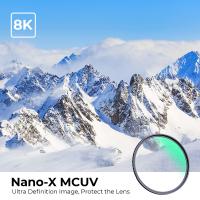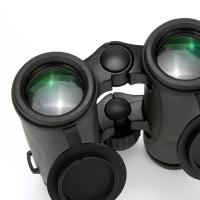Who Created The Electron Microscope ?
The electron microscope was invented by a team of German physicists led by Ernst Ruska and Max Knoll in 1931.
1、 Invention of the electron microscope by Ernst Ruska
The electron microscope was invented by Ernst Ruska in 1931. Ruska was a German physicist who was interested in the study of electron optics. He realized that by using a beam of electrons instead of light, it would be possible to achieve much higher magnification and resolution in microscopy. With the help of his brother, he built the first electron microscope, which was capable of magnifying objects up to 400 times their original size.
Since its invention, the electron microscope has revolutionized the field of microscopy. It has allowed scientists to study the structure of materials and biological specimens at a level of detail that was previously impossible. The electron microscope has been used to study everything from viruses and bacteria to the structure of metals and semiconductors.
In recent years, there have been some new developments in electron microscopy. One of the most exciting is the development of cryo-electron microscopy, which allows scientists to study biological specimens in their natural state. This technique has been used to study the structure of proteins and other biomolecules, and has led to some important discoveries in the field of biochemistry.
Overall, the invention of the electron microscope by Ernst Ruska has had a profound impact on science and technology. It has allowed us to see the world in a new way, and has opened up new avenues of research and discovery.

2、 Development of transmission electron microscopy (TEM)
The development of the electron microscope is credited to a team of scientists led by German physicist Ernst Ruska and electrical engineer Max Knoll in the 1930s. They were able to create the first electron microscope by using a beam of electrons instead of light to magnify objects. This breakthrough allowed for much higher magnification and resolution than was possible with traditional optical microscopes.
The first electron microscope was a transmission electron microscope (TEM), which works by passing a beam of electrons through a thin sample and then using electromagnetic lenses to focus the electrons onto a screen or detector. This produces an image that can be magnified up to millions of times, allowing scientists to see the structure of materials and biological specimens at the atomic and molecular level.
Since its invention, the electron microscope has undergone many improvements and advancements. In recent years, there have been significant developments in the field of aberration-corrected electron microscopy, which has allowed for even higher resolution imaging. This technique corrects for distortions in the electron beam caused by the electromagnetic lenses, resulting in sharper and more detailed images.
Overall, the electron microscope has revolutionized the field of microscopy and has had a significant impact on many areas of science, including materials science, biology, and nanotechnology.

3、 Scanning electron microscopy (SEM) and its applications
The electron microscope was first invented by German physicist Ernst Ruska and his colleague Max Knoll in 1931. They were awarded the Nobel Prize in Physics in 1986 for their groundbreaking work in developing the electron microscope. The electron microscope uses a beam of electrons instead of light to magnify objects, allowing for much higher resolution and greater detail than traditional optical microscopes.
Scanning electron microscopy (SEM) is a type of electron microscopy that uses a focused beam of electrons to scan the surface of a sample. The electrons interact with the atoms in the sample, producing signals that can be used to create a highly detailed image of the surface. SEM has a wide range of applications in materials science, biology, and other fields.
In recent years, advances in SEM technology have led to even greater capabilities and applications. For example, environmental SEM (ESEM) allows for imaging of samples in their natural state, without the need for special preparation or drying. This has opened up new possibilities for studying biological samples and other materials in their native environments.
Another recent development is the use of SEM in combination with other techniques, such as energy-dispersive X-ray spectroscopy (EDS) and electron backscatter diffraction (EBSD). These techniques allow for chemical and structural analysis of samples at the same time as imaging, providing even more detailed information about the sample.
Overall, the electron microscope and SEM in particular have revolutionized our ability to study the world at the microscopic level, and ongoing advances in technology promise to continue pushing the boundaries of what we can see and understand.

4、 Environmental scanning electron microscopy (ESEM)
The electron microscope was first invented by German physicist Ernst Ruska and his colleague Max Knoll in 1931. This groundbreaking invention allowed scientists to see objects at a much higher magnification than was previously possible with traditional light microscopes. The electron microscope uses a beam of electrons instead of light to create an image, allowing for much higher resolution and magnification.
Environmental scanning electron microscopy (ESEM) is a type of electron microscopy that allows for the imaging of samples in their natural, hydrated state. This technique was first developed in the 1980s by scientists at the University of Cambridge, and has since become an important tool in many fields of research, including materials science, biology, and environmental science.
In recent years, there has been a growing interest in using ESEM to study the effects of environmental stressors on living organisms. For example, researchers have used ESEM to study the effects of pollution on the morphology and behavior of aquatic organisms, and to investigate the mechanisms by which plants respond to drought and other environmental stresses.
Overall, the electron microscope and its various applications, including ESEM, have revolutionized the way scientists study the world around us, allowing us to see and understand things at a level of detail that was once unimaginable.





























